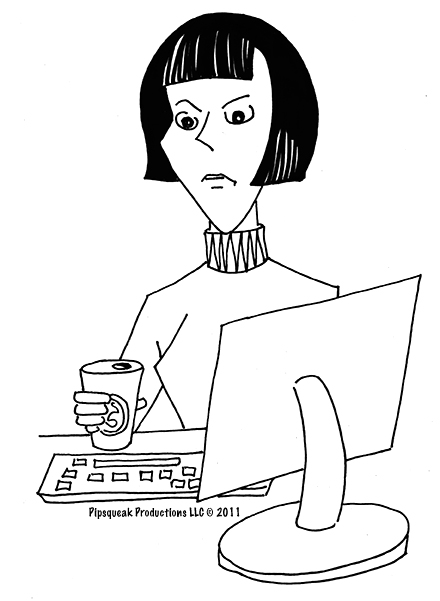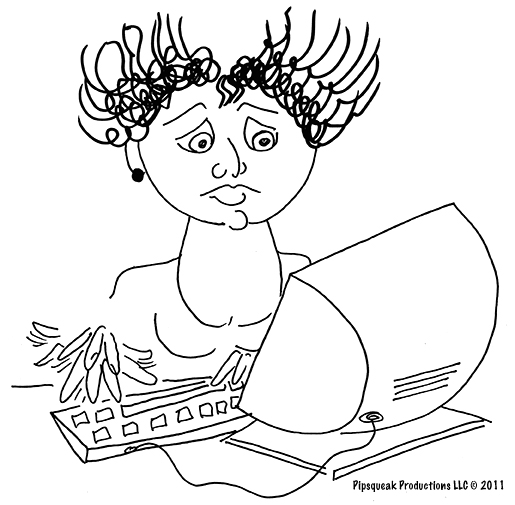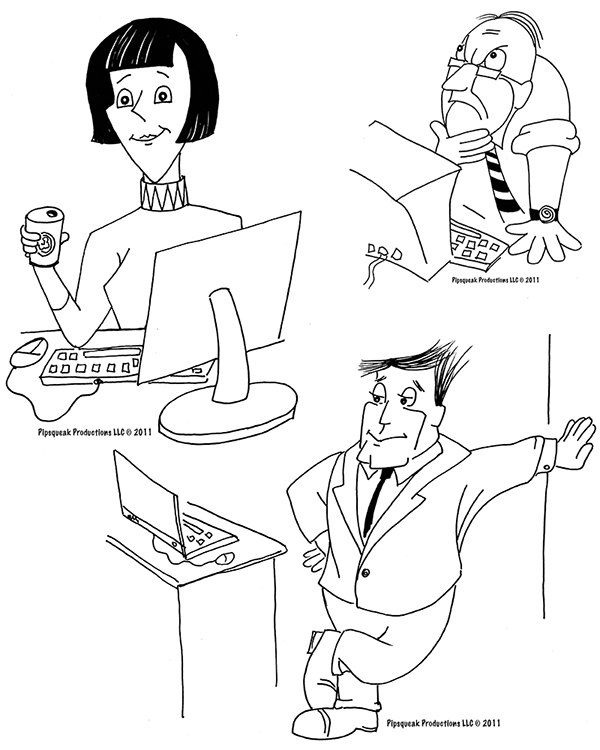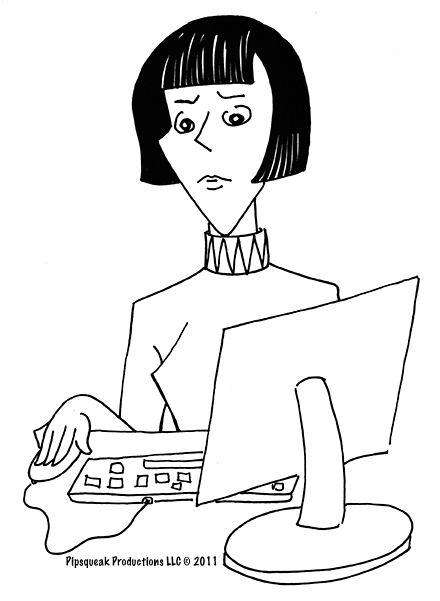Entropy is the measure of a system’s disorder and it increases with time (as dictated by the Second Law of Thermodynamics). Once the egg is cracked open, it’s impossible to make whole again: “Humpy Dumpy sat on the wall, Humpy Dumpy had a great fall; all the king’s horses and all the king’s men couldn’t put Humpy Dumpy together again!” We are taught the second law of thermodynamics from a very early age!
So what about design? Surly, we steadily progress to a better and finer product, right? Unfortunately, in my experience, the steady progress is rarely the case when dealing with big company, large products, or long time frames. Big, large, and long spell out entropy in design. Let me walk you through it.
We Need A New Product!
It all starts with a call: “MegaCorp needs a new product!” Well, the words are sometimes different, but it is all the same—there’s change in the air. With luck, this means that various departments of the MegaCorp Inc. scramble to do some market and internal research to come up with some ideas:
- What does the market need?
- What resources do we have?
- What can we develop? (given time, people, budget, technology, etc. constrains)
- Who do we need to hire?
- What do we want to do?
The sales department might point out that MegaCorp’s customers have been asking for a particular feature for months now.

The sales team puts together a “blue sky” list that they would like to see implemented in a new product. It’s a good place to start—this department interacts with customers day-in and day-out.

Designers take a look at the “desired feature list.” Their job is to be on a lookout for the Homer Simpson design ideas (think back to the Homer designs a new car episode of the Simpsons).
One of the worst ways of approaching design is to let the customers do it. Customers are good at pointing out a need, a pain point in the market, but they are lousy at solving the problem. Finding solutions to problems is the job of product designers.
After doing some research—usability studies, market research, ethnographic studies—product designers pin point the problems. The whole MegaCorp team has to agree that those are the problems their company is trying to address.
It’s always best when the team is working on developing the same product. Sometimes, due to lack of communication, it’s not the case. This is one of those entropy in design problems. In a large company, ensuring that everyone is on the same page when it comes to product design in not an easy task.
The product designer presents her ideas to the rest of the group. But how do we make sure that everyone heard the same presentation? The technical team tends to listen for technical content: Are we switching to a new platform? Are we adopting a new set of tools or standards? What additional software/hardware do I need to learn to take on this project and be successful? Marketing team translates the presentation into graphics, text, video, and so on that they will be responsible for if the plan for the new MegaCorp product is adapted. People tend to evaluate information from a personal context: How does this affect me?
Because of this personal filter on information, the product design specs can morph into almost unrecognizable feature sets. Without a strict and continuous review of progress—are we still developing the same product we set out in our design?—entropy can enter the system. When there’s a lot of people or when they are engaged in an activity for a long time, design tends to get renegotiated, moving farther and farther away from the initial specification.
In the meantime, the users get confused…
Sales people deal with angry customers…
Product designers don’t recognize the products they’ve designed…

And then there’s another source of entropy…
Business goals change. Customers change. Technology changes. Platforms rise and fall… Products that have been around for a while tend to inherit features, technology, and design specs from business goals long left behind—this is junk design DNA. These left-overs are there not because they are wanted or needed (or even remembered), but rather because no one bothered to reevaluate them when the new world order was established. Junk design DNA is one of the main sources of entropy in product design.
To keep customers, sales team, and CEO happy, keep entropy to a minimum!











1 comment for “Entropy & Design”